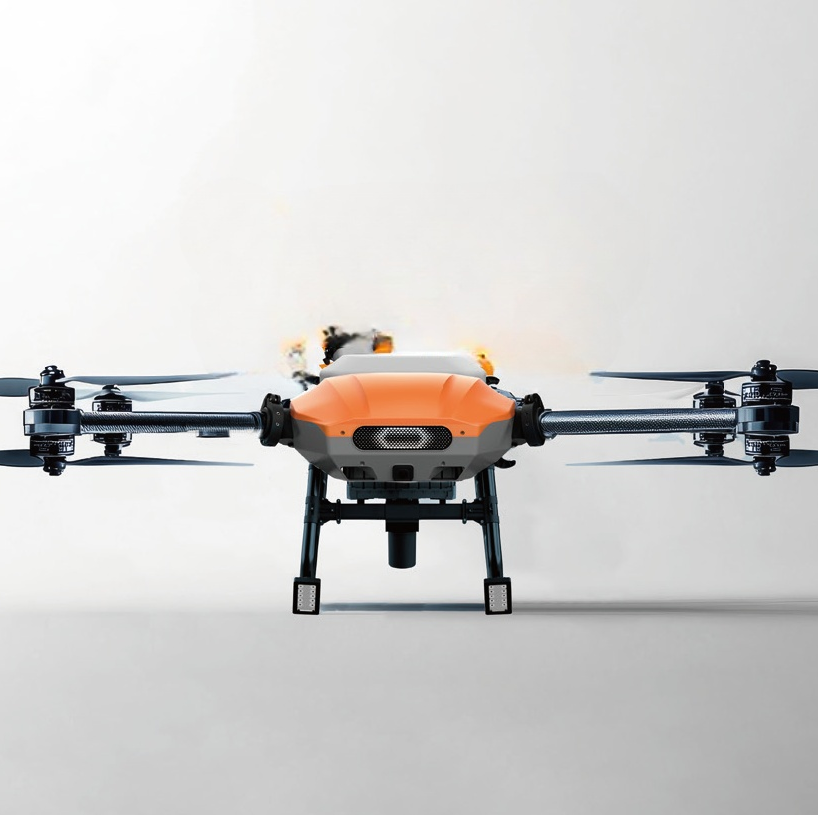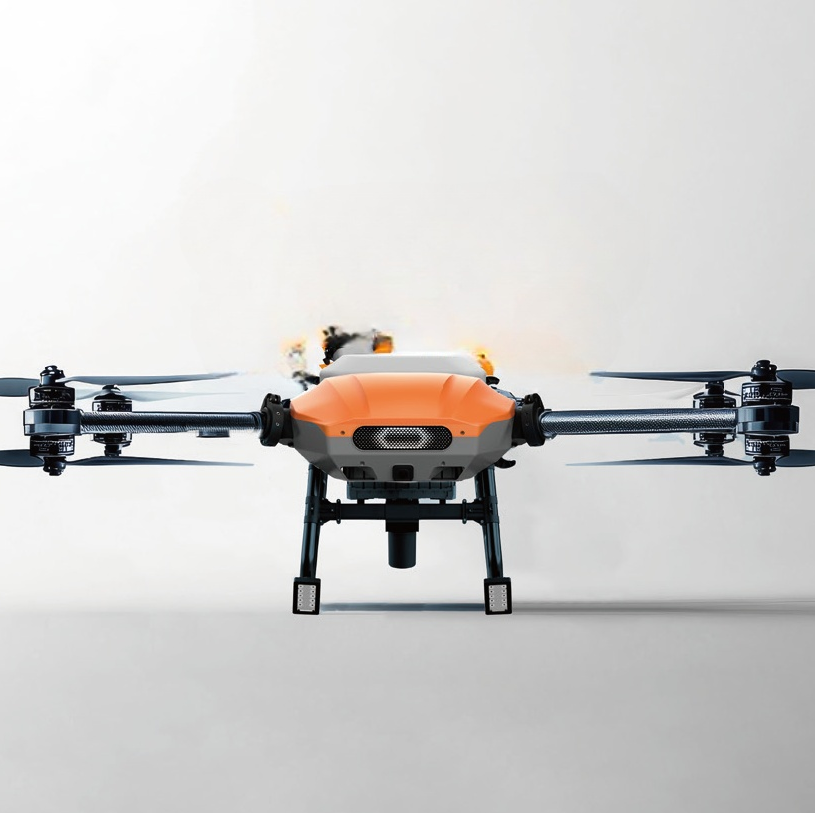Drones: Unlocking African, Middle Eastern and Russian Markets – Applications, Benefits and Future
Keywords: drones, drone, UAV, UAS, agricultural drones, inspection drones, surveillance drones, delivery drones, drone photography, drone videography, drone mapping, drone technology, drone applications, drone benefits, drone market Africa, drone market Middle East, drone market Russia, drone spare parts, drone batteries, drone propellers, drone motors, drone controllers, drone frames, affordable drones, long range drones, heavy lift drones, drone regulations Africa, drone regulations Middle East, drone regulations Russia, commercial drones, consumer drones, professional drones.
Introduction:
The buzz around drones, or Unmanned Aerial Vehicles (UAVs), is no longer just futuristic hype. Across the globe, and particularly in rapidly developing regions like African countries, Middle Eastern countries, and Russian-speaking countries, drones are becoming indispensable tools. From revolutionizing agriculture to enhancing security and streamlining logistics, the versatility of drone technology is transforming industries. This article explores the expanding world of drones in these key markets, delving into their diverse applications, benefits, and the factors driving their adoption. Whether you’re in agriculture, construction, security, or logistics, understanding the power of drones is crucial for staying competitive in today’s evolving landscape.
The Rise of Drones in Africa, the Middle East, and Russian-Speaking Nations:
These dynamic regions share common challenges and opportunities that make them ripe for drone adoption. Vast landscapes, developing infrastructure, and a need for efficient resource management are all factors propelling the drone market forward. In African countries, the potential for agricultural drones to boost crop yields and overcome logistical hurdles in remote areas is immense. The Middle East, with its focus on infrastructure development and security, is seeing a surge in demand for inspection drones and surveillance drones. Similarly, in Russian-speaking countries, spanning vast territories, drones are proving invaluable for agriculture, resource monitoring, and infrastructure management.
Diverse Applications of Drones Fueling Growth:
The beauty of drones lies in their adaptability. A single drone platform can be configured for a multitude of tasks by simply changing payloads and software. Let’s explore some key application areas driving the drone market in Africa, the Middle East, and Russian-speaking regions:
-
Precision Agriculture with Agricultural Drones: In regions heavily reliant on agriculture, agricultural drones are providing farmers with unprecedented insights. Drone mapping allows for detailed field analysis, identifying crop health issues, water stress, and pest infestations early on. Agricultural spray drones offer precise and efficient application of fertilizers and pesticides, reducing wastage and environmental impact. For African agriculture, where smallholder farms are prevalent, affordable drones and drone services are becoming increasingly accessible, promising to improve yields and livelihoods. In large agricultural operations in Russia and parts of the Middle East, heavy lift drones are being explored for larger scale spraying and seeding operations.
-
Infrastructure and Construction Efficiency with Inspection Drones: The rapid pace of development in the Middle East and parts of Africa demands efficient infrastructure inspection. Inspection drones are revolutionizing this process. They can quickly and safely access tall structures, bridges, power lines, and oil pipelines, capturing high-resolution drone photography and drone videography to identify defects, corrosion, and potential hazards. This minimizes downtime, reduces inspection costs, and enhances safety. In Russian-speaking countries, with extensive oil and gas infrastructure across vast and often harsh terrains, long range drones are crucial for efficient pipeline monitoring and environmental surveys.
-
Enhanced Security and Surveillance with Drone Technology: Security concerns are paramount in many parts of these regions. Surveillance drones offer a cost-effective and versatile solution for border patrol, perimeter security, and public safety. Equipped with advanced sensors and cameras, including thermal imaging, surveillance drones can provide real-time situational awareness, aiding law enforcement and security agencies. Both consumer drones for localized security and more sophisticated professional drones for large-scale operations are gaining traction in these markets.
-
Logistics and Delivery Innovations using Delivery Drones: While still in early stages, delivery drones are showing significant promise, particularly in regions with challenging infrastructure and remote communities. In Africa and parts of Russia, where road networks can be sparse or unreliable, delivery drones offer the potential to transport essential goods, medicines, and supplies quickly and efficiently. While regulatory frameworks are still developing, pilot projects showcasing the viability of drone delivery are paving the way for future adoption.
- Mapping and Surveying with Drone Mapping Technology: Land management, urban planning, and resource exploration all benefit immensely from accurate mapping data. Drone mapping is a rapid and cost-effective method to create high-resolution maps and 3D models of terrain. This is particularly valuable in regions with vast unexplored or under-mapped territories like parts of Africa and Russia. Drone mapping is also essential for construction site surveying in the Middle East, ensuring accurate planning and progress monitoring.
Key Drone Features and Technologies Driving Adoption:
Several factors contribute to the growing popularity of drones:
- Affordability: The price of consumer drones and entry-level commercial drones has become increasingly accessible, making them viable for a wider range of users and businesses.
- Ease of Use: Modern drones are often user-friendly, with intuitive controls and automated flight features. This reduces the skill barrier and expands the user base.
- Versatility and Customization: The modular design of many drones allows for interchangeable payloads, enabling them to be adapted for different applications.
- Advanced Technology: Innovations in battery technology (drone batteries), propulsion systems (drone motors, drone propellers), flight controllers (drone controllers), and sensors are constantly improving drone performance, range, and capabilities.
Essential Drone Parts and Maintenance for Longevity:
Like any technology, drones require maintenance and occasional drone spare parts replacement. Understanding key components is important for any drone operator:
- Drone Batteries: Powering the drone, battery life is crucial. Investing in quality drone batteries and proper charging/storage practices is essential.
- Drone Propellers: Essential for flight, drone propellers are susceptible to damage and need regular inspection and replacement.
- Drone Motors: Responsible for propeller rotation, drone motors require maintenance and may need replacement over time.
- Drone Controllers: The interface for piloting the drone; reliable drone controllers are vital for safe and precise operation.
- Drone Frames: Providing the structural support, drone frames should be durable and robust. Damage to the drone frame can impact flight stability.
Access to drone parts and maintenance services is crucial for the sustainable growth of the drone market in these regions. Local suppliers and trained technicians are becoming increasingly important to support the expanding drone user base.
Navigating Regulations and Embracing the Drone Future:
As the drone market matures in Africa, the Middle East, and Russian-speaking countries, so too do the regulatory frameworks. Understanding drone regulations Africa, drone regulations Middle East, and drone regulations Russia is paramount for responsible and legal operation. Regulations often cover aspects like airspace restrictions, registration requirements, pilot licensing, and permissible applications. Staying informed about local regulations and adhering to them is crucial for safe and successful drone deployment.
Looking ahead, the future of drones in these regions is bright. Continued technological advancements, increasing affordability, and evolving regulations will further unlock the potential of drone technology. We can expect to see even more innovative applications emerge, transforming industries and improving lives across Africa, the Middle East, and Russian-speaking countries.
Conclusion: Drones – A Powerful Tool for Progress in Emerging Markets:
Drones are no longer a novelty; they are becoming a vital tool for progress in African countries, Middle Eastern countries, and Russian-speaking countries. Their ability to enhance efficiency, improve safety, and provide invaluable data across diverse sectors like agriculture, infrastructure, security, and logistics positions them as key drivers of development in these emerging markets. By understanding the applications, benefits, and responsible operation of drones, businesses and organizations can leverage this powerful technology to unlock new opportunities and achieve sustainable growth in the years to come. Investing in drone technology is investing in the future of these dynamic regions.



Comments are closed